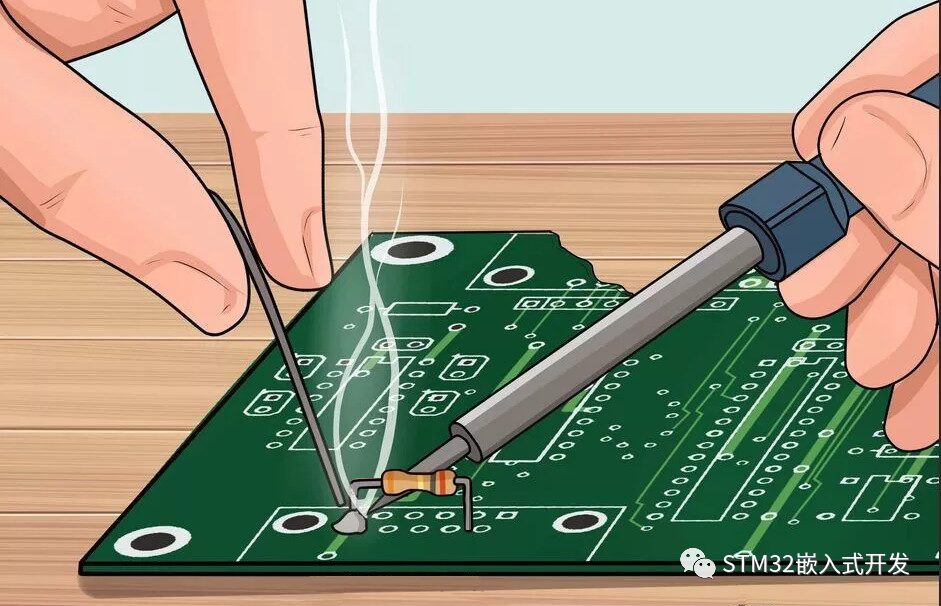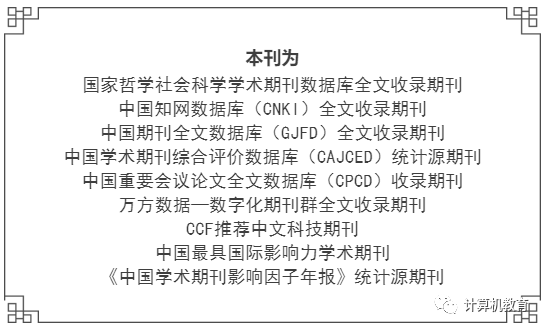
(End)
More Exciting:
Yan Shi│Reflections and Suggestions on the “Predicament” of Young Teachers in Universities
Academician Zheng Weimin: Why Computer Majors Have Become Hot Choices for Candidates
【Contents】”Computer Education” Issue 5, 2022
【Contents】”Computer Education” Issue 4, 2022
【Contents】”Computer Education” Issue 3, 2022
【Contents】”Computer Education” Issue 2, 2022
【Contents】”Computer Education” Issue 1, 2022
[Editorial Committee Message] Professor Li Xiaoming from Peking University: Thoughts from the “Year of Classroom Teaching Improvement”…
Professor Chen Daoxu from Nanjing University: Teaching students to ask questions and teaching students to answer questions, which is more important?
[Yan Shi Series]: Trends in Computer Discipline Development and Their Impact on Computer Education
Professor Li Xiaoming from Peking University: From Fun Math to Fun Algorithms to Fun Programming—A Path for Non-Majors to Experience Computational Thinking?
Reflections on Several Issues in Building a First-Class Computer Discipline
Professor Liu Yunhao from Tsinghua University Answers 2000 Questions on AI
Professor Zhan Dechen from Harbin Institute of Technology: A New Model to Ensure Teaching Quality in Higher Education—Synchronous and Asynchronous Blended Teaching
[Principal Interview] Accelerating the Advancement of Computer Science Education as a Pathfinder for Data Science Education—Interview with Professor Zhou Aoying, Vice President of East China Normal University
New Engineering and Big Data Major Construction
Learning from Others—Compilation of Research Articles on Computer Education at Home and Abroad

